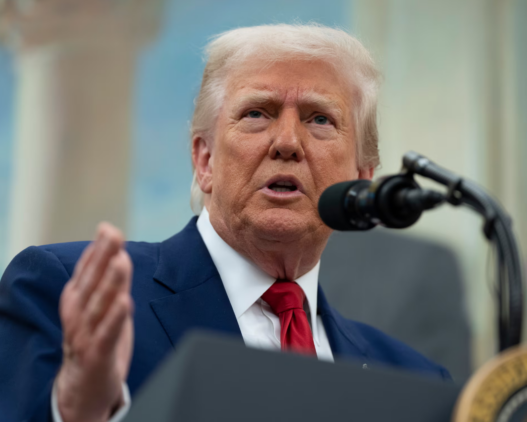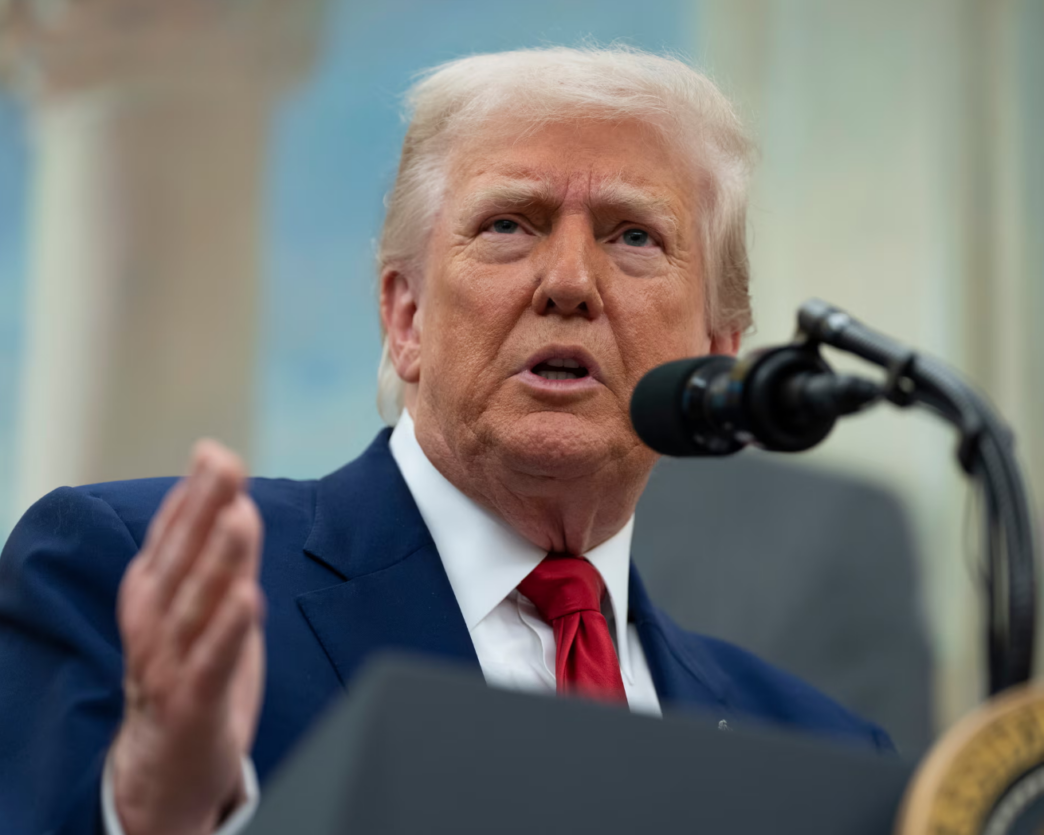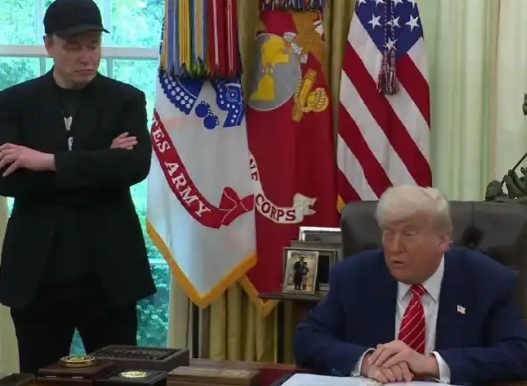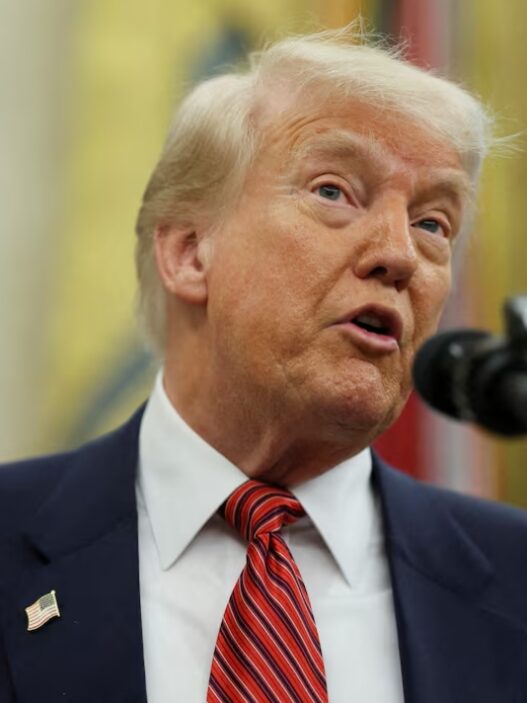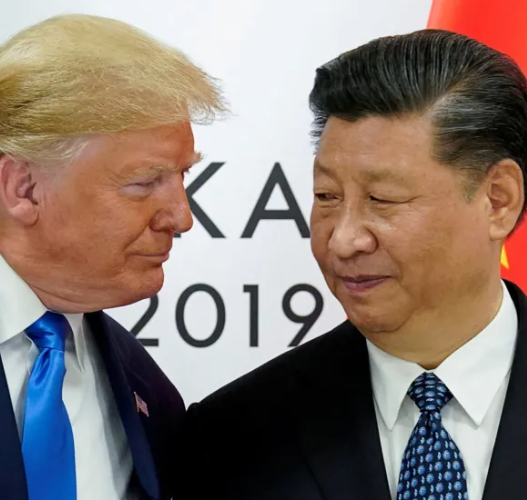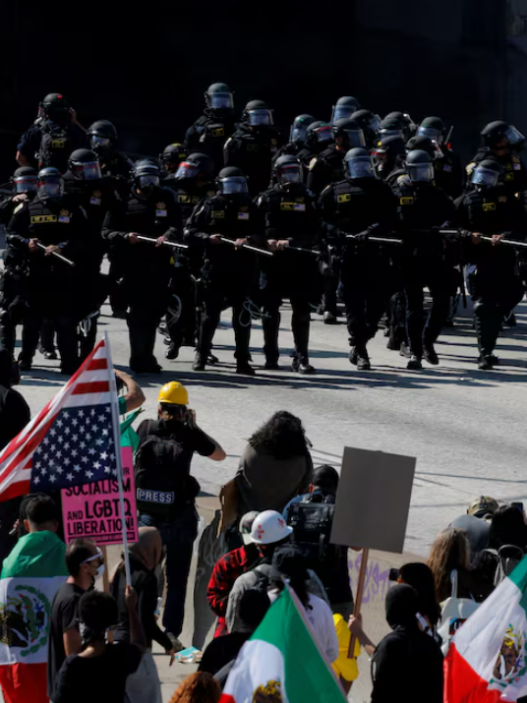A federal court in the United States has ruled that former President Donald Trump exceeded his legal authority when he imposed broad tariffs on imported goods. These sweeping measures affected everyone—from large corporations to everyday American consumers—and now face serious legal uncertainty.
The Manhattan Court Blocks Global Tariff Measures
The ruling, handed down by the United States Court of International Trade in Manhattan, halts tariffs that Trump enacted by invoking the International Emergency Economic Powers Act, also known as IEEPA. Among them was the so-called “Liberation Day” tariff, announced on April 2. The decision also blocks enforcement of earlier tariffs placed on imports from China, Mexico, and Canada, which Trump claimed were designed to curb the flow of fentanyl into the U.S.
Injunction Could Freeze Tariff Policy Nationwide
The court granted a permanent injunction against these tariffs and allowed ten calendar days for administrative action to implement the order. If upheld on appeal, and possibly by the Supreme Court, the decision could freeze most of Trump’s tariff regime indefinitely—even before formal trade deals are struck with America’s partners.
Stock Markets React to the Court’s Decision
The halted measures include 30% tariffs on Chinese goods, 25% on select imports from Mexico and Canada, and a blanket 10% tariff on most foreign goods entering the U.S. However, the court’s ruling does not apply to the 25% tariffs on automobiles, auto parts, steel, and aluminum. These were implemented under Section 232 of the Trade Expansion Act, a different law that allows the president to act based on national security concerns.
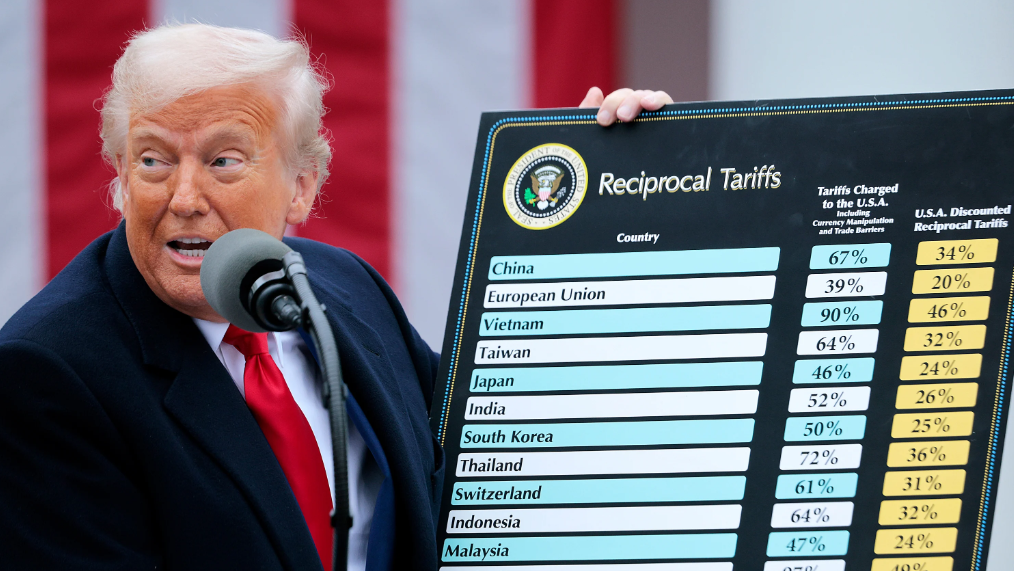
Following the court’s decision, stock markets reacted positively. Dow futures rose nearly 500 points, or 1.1%. The broader S&P 500 futures increased by 1.4%, while Nasdaq futures climbed 1.6% in after-hours trading. The financial world appeared to welcome the pause in Trump’s aggressive trade policy.
Court Finds Tariff Powers Exceeded
“We won—the state of Oregon and other state plaintiffs won too,” said Ilya Somin, a professor at George Mason University and one of the attorneys in the case. “The court found that the entire system of Liberation Day and other IEEPA tariffs is unlawful and permanently blocked.”
Trump had announced his reciprocal tariffs on April 2, targeting imports from America’s closest allies. Just a week later, he paused the plan for 90 days, although a universal 10% tariff on most imports remained in place. By using IEEPA, Trump sidestepped Congress. The law grants the president emergency powers to address extraordinary threats—but it does not specifically mention tariffs.
Constitutional Questions at the Center
Plaintiffs argued that the administration had failed to meet even the threshold of an emergency. They also contended that IEEPA does not authorize tariffs at all, and even if it did, such use would violate the United States Constitution by improperly handing Congress’s tariff powers to the executive branch.
The court sided with that interpretation. In their opinion, the judges wrote that IEEPA does not authorize global, retaliatory, or trafficking-related tariffs. They concluded that the orders exceeded any authority granted to the president and that the trafficking-related tariffs failed because they did not address any of the defined threats in the law.
White House Pushback and Public Reactions
The White House swiftly pushed back. “It is not for unelected judges to decide how to properly address a national emergency,” said spokesperson Kush Desai in a statement. Former policy adviser Stephen Miller took to X (formerly Twitter) and called the ruling “a judicial coup out of control.”
Dispute Could Reach the Supreme Court
The administration, meanwhile, argued that the matter is a political question, and thus not for the courts to decide. But the plaintiffs countered that IEEPA contains no language granting tariff powers. “If starting the largest trade war since the Great Depression using a law that doesn’t even mention tariffs isn’t unconstitutional, then what is?” Somin said.
Twelve Democratic states filed a similar case, also in the Court of International Trade. They argued that Trump’s tariffs functioned as illegal tax increases on American families. “The Constitution doesn’t give any president unchecked power to throw the economy into chaos,” said Oregon Attorney General Dan Rayfield. “This ruling is a clear reminder that our laws matter.”
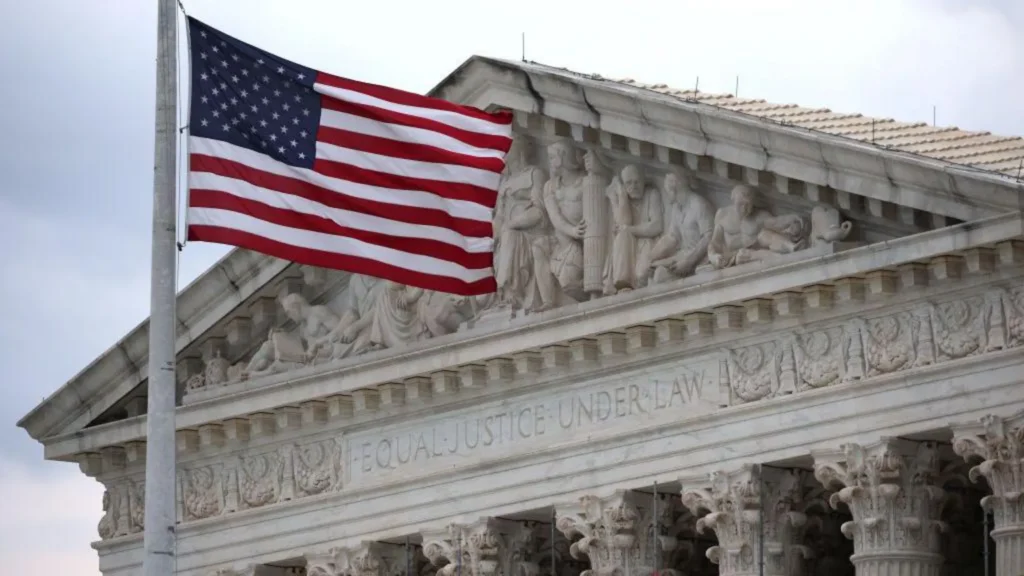
Each of the judges involved in the decision was appointed by a different president. Jane Restani joined the court under Ronald Reagan. Gary Katzmann was nominated by Barack Obama. Timothy Reif was appointed by Trump himself. The next step in the legal process is likely an appeal to the United States Court of Appeals for the Federal Circuit, though the case could ultimately land before the Supreme Court.
A Pivotal Moment in Trade and Executive Power
The ruling is a critical test of executive power. It challenges whether a president can reshape global trade based solely on a vague declaration of emergency—and whether the courts will continue to defer to the White House on such sweeping matters.







